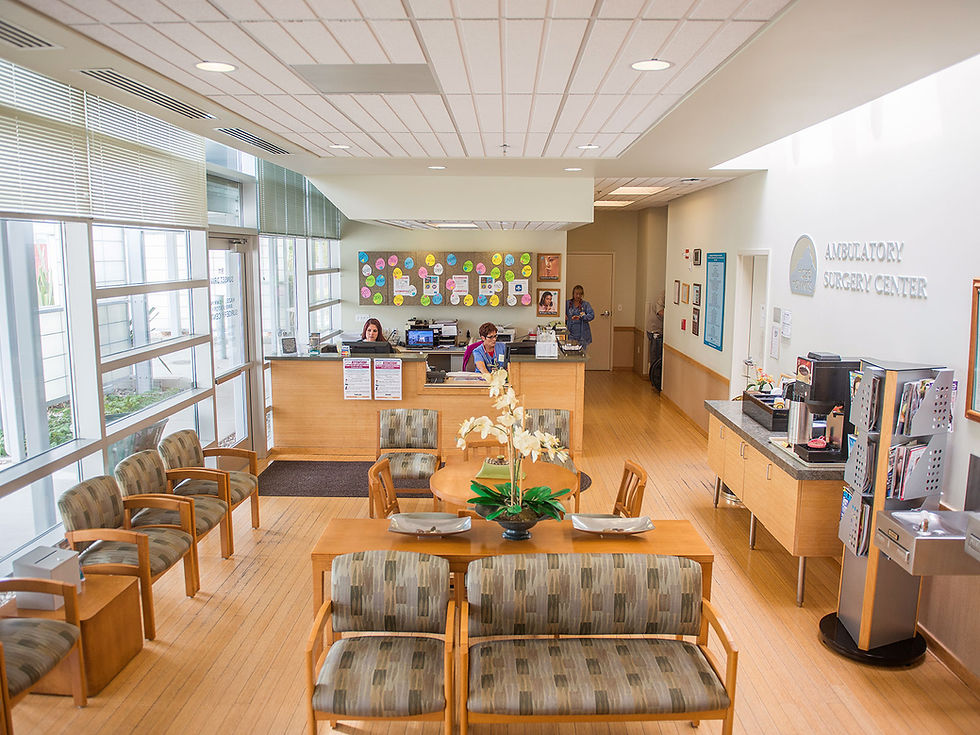Hip Pain: Causes, Treatments, and When to Get Help
- Dr. Troy Miles

- Jan 19, 2022
- 3 min read

The hip joint is the joint that allows us to sit, stand, walk, and run. It’s one of the most important joints in the body — and it can also lead to many injuries.
If you’re not familiar with the anatomy of the hip, that’s OK. Most people don’t realize how important the hip is to their movement and overall health. The hip joint is a ball-and-socket joint. It’s located where the thigh bone meets the pelvis. The hip is responsible for movement of the upper leg.
To understand what hip pain means, it’s important to have a general understanding of the anatomy of the hip:
The femoral head is the ball of the hip joint. It fits into the acetabulum.
The acetabulum is the circular socket at the top of the pelvis.
Articular cartilage covers our weight-bearing bones, which allows for smooth movement of the hip.
Certain muscles support the hip joint and help it move properly. These muscles include:
Gluteals: These are the muscles of the buttocks, located on the back of the hip.
Adductor: The adductors are the muscles of the inner thigh. They pull the leg inward toward the opposite leg.
Iliopsoas: This muscle starts in the lower back and connects to the upper femur.
Quadriceps: Quadriceps are on the front of the thigh, from the hip to the knee.
Hamstrings: Hamstrings run down the back of the thigh, from the hip to below the knee.
Major nerves and blood vessels run through the hip, including the sciatic nerve and the femoral nerve, as well as the femoral artery, which starts in the pelvis and passes by the front of the hip.
What Causes Hip Pain?
The most common cause of hip pain is arthritis. Within the category of arthritis, there are three primary types of arthritis that impact the hip joint. These are:
Osteoarthritis
Rheumatoid arthritis
Post-traumatic arthritis
Osteoarthritis
Osteoarthritis is often referred to as a wear-and-tear condition, leading to the breakdown of hip cartilage, synovium, and the hip bones. Osteoarthritis is most common in men and women 50 years and older. In the most advanced stages of osteoarthritis, the bones rub against each other and this leads to hip pain and general stiffness. Total hip replacement (THR) is an option for many adults with advanced osteoarthritis.
Rheumatoid Arthritis
Rheumatoid arthritis is actually an autoimmune disease that affects the synovial membrane. Chronic inflammation damages the cartilage, which causes pain and stiffness. Unlike osteoarthritis, rheumatoid arthritis originates from an immune system disorder, which means the disease is best managed by targeting the underlying processes of the immune system rather than surgery.
Post-Traumatic Arthritis
Some hip injuries or fractures can damage the cartilage permanently, leading to development of a condition referred to as post-traumatic arthritis.
Treatment Options for Hip Pain
How we treat hip pain depends on the underlying cause. The following examples are the most common treatment options for different types of hip problems.
Hip Arthroscopy
Hip arthroscopy is a minimally invasive procedure that is oftentimes recommended for patients that have painful conditions that aren’t responding to more conservative treatments, such as rest, physical therapy, or injections. Hip arthroscopy involves the insertion of a small camera into the hip joint, which projects images onto a video screen. Because the camera and instruments are so thin, surgeons can usually perform hip arthroscopy with minimal (small) incisions.
Total Hip Replacement
The number of total hip replacements being performed each year has steadily increased over the past two decades. When the hip is worn down due to osteoarthritis, a prosthetic hip can take its place.
Total hip replacement surgery is also known as hip arthroplasty. It involves removing the damaged femoral head and replacing it with a metal stem that is positioned in the hollow of the femur. We insert a spacer between the new ball and socket to ensure a smooth surface.
Total hip replacement requires rehabilitation following the surgery to restore movement and strength. Most patients can perform physical therapy exercises without assistance, but the speed of each individual’s recovery depends largely on the consistency of the exercise regimen.
For more information about recovering from total hip replacement surgery, check out LIFE AFTER HIP REPLACEMENT: A COMPLETE GUIDE TO RECOVERY & REHABILITATION.
To schedule an in-person evaluation with Dr. Miles and find out if you are a candidate for hip replacement surgery, call (530) 246-2467.



Comments